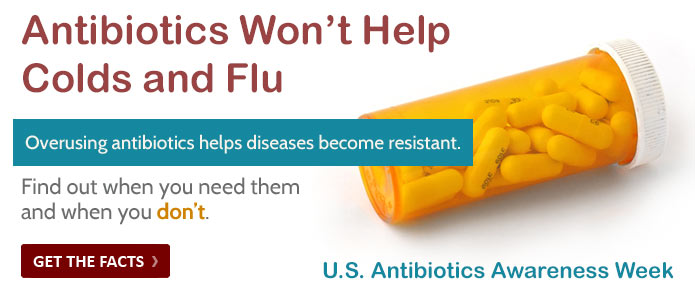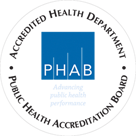What is a Public Water System?
A Public Water System (PWS) provides water via piping or other constructed conveyances for human consumption to at least 15 service connections, or serves an average of at least 25 people for at least 60 days each year. There are three types of PWSs: community (such as towns), non-transient non-community (such as schools or factories), or transient non-community systems (such as rest stops or parks). Mississippi currently has over 1,000 community water systems, at least 70 non-transient non-community water systems, and about 70 transient non-community water systems on the active inventory. For this report when the acronym "PWS" is used, it means systems of all types unless specified in greater detail.
How are water systems monitored?
Public drinking water is monitored by checking for contaminants using two different control processes, Maximum Contaminant Levels (MCLs) and Treatment Techniques.
What are MCLs?
The EPA established the Public Water System Supervision (PWSS) Program under the authority of the 1974 Safe Drinking Water Act (SDWA). Under the SDWA and the 1986 Amendments, EPA sets national limits on contaminant levels in drinking water to ensure that the water is safe for human consumption. These limits are known as Maximum Contaminant Levels (MCLs).
How are treatment techniques used to monitor drinking water?
For some regulations, the EPA establishes treatment techniques (TTs) in lieu of an MCL to control unacceptable levels of certain contaminants. For example, treatment techniques have been established for viruses, some bacteria, and turbidity.
What is the report I received from my water system?
Every Community Water System is required to deliver to its customers a brief annual water quality report. This report includes educational material and provides information on the source water, the levels of any detected contaminants, and compliance with drinking water regulations. The Bureau of Public Water Supply compiles sample data for the calendar year and sends this information to all community water supplies in the state so that they may accurately report their data to the customers.
How often is water checked?
Generally, the larger the population served by a water system, the more frequent the monitoring and reporting requirements. In addition, EPA requires PWSs to monitor for unregulated contaminants to provide data for future regulatory development. Finally, EPA requires PWSs to notify their consumers when they have violated these regulations.
How will I know if my drinking water is bad?
Federal law requires consumer notification by the Public Water Supply operator of any violation of the standards. This must include a clear and understandable explanation of the nature of the violation, its potential adverse health effects, steps that the PWS is undertaking to correct the violation and the possibility of alternative water supplies during the violation.
When should I boil my water?
Water should be boiled whenever a "Boil Water" notice is issued. These notices are normally broadcast by local newspapers, radio and TV. Boil water notices are issued for many reasons. The primary cause for a boil water notice is loss of water system pressure which could allow contaminants to be siphoned back into the water distribution system. In 2019, there were 684 boil water notices issued. 580 of these were self-imposed (issued by the water systems). 89 of the boil water notices issued in 2019 were due to excessive microbiological contamination. 15 boil
water notices were state assisted. During severe seasonal weather or natural disasters, it is not uncommon for the health department to issue boil-water notices for large sections of the state.
How to boil your drinking water
Boil water vigorously for one minute. The flat taste of boiled water can be improved by pouring it back and forth from one container to another, by allowing it to stand for a few hours, or by adding a small pinch of salt for each quart of water boiled.

